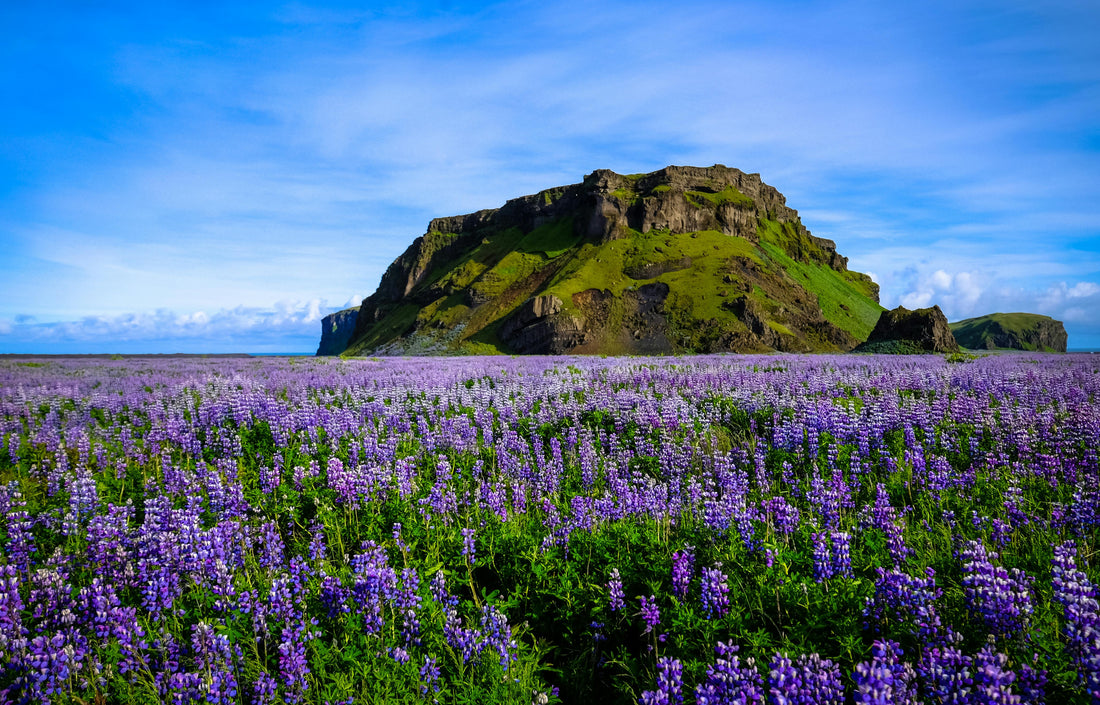
Nature's Natural Perfume: The Best Smelling Wildflowers
Share
There’s something magical about wandering through a meadow or forest and catching a whiff of sweet, natural fragrance carried by the breeze. Wildflowers, beyond their colourful beauty, often surprise us with captivating scents—some delicate and floral, others bold and intoxicating. If you love fragrance as much as you love flowers, here are some of the best-smelling wildflowers to look (and sniff) for on your next outdoor adventure.
1. Wild Rose (Rosa spp.)
- Scent: Classic rose, sweet and heady
- Where to Find: North America, Europe, and Asia
- Bloom Season: Late spring to early summer
Often growing in hedgerows, forest edges, and sunny clearings, wild roses are not only beautiful but emit a soft, sweet fragrance that has inspired perfumes for centuries. Their scent is subtler than cultivated roses, but unmistakably lovely.
2. Evening Primrose (Oenothera biennis)
- Scent: Lightly sweet, lemony
- Where to Find: North America
- Bloom Season: Summer to fall
This yellow wildflower opens its petals in the evening, releasing a mild but pleasant aroma that attracts nocturnal pollinators like moths. If you find yourself near a patch at dusk, stop and breathe it in.
3. Milkweed (Asclepias spp.)
- Scent: Vanilla-sweet, with a touch of spice
- Where to Find: Meadows and roadsides across North America
- Bloom Season: Summer
Beloved by monarch butterflies, milkweed isn’t just a pollinator magnet—it smells divine. Some species, like common milkweed (Asclepias syriaca), produce clusters of pale pink flowers with a fragrance reminiscent of sweet cream and spice.
4. Sweet Alyssum (Lobularia maritima)
- Scent: Honey-sweet and slightly musky
- Where to Find: Coastal areas and open fields (often naturalized from gardens)
- Bloom Season: Spring to fall
Though often grown in gardens, sweet alyssum escapes cultivation and thrives in the wild in some regions. Its tiny white or purple blooms give off a powerful honey scent that attracts bees and butterflies alike.
5. Honeysuckle (Lonicera spp.)
- Scent: Intensely sweet and floral
- Where to Find: Woodlands and roadsides across North America and Europe
- Bloom Season: Late spring to summer
Wild honeysuckle vines offer some of the most intoxicating scents in nature. Their trumpet-shaped flowers exude a rich fragrance, especially at dusk, when their sweetness is most potent.
6. Dame’s Rocket (Hesperis matronalis)
- Scent: Similar to violets or jasmine, stronger in evening
- Where to Find: Eastern and central North America (non-native but naturalised)
- Bloom Season: Spring to early summer
This tall, four-petaled flower is often mistaken for phlox. It releases a deep, perfumed aroma in the evening, making it a delightful surprise for twilight hikers.
7. Wild Lavender (Lavandula spp.)
- Scent: Herbal, clean, and calming
- Where to Find: Mediterranean regions; sometimes naturalised in dry climates
- Bloom Season: Late spring to early summer
Though native to Europe, wild lavender has found its way into many dry, rocky landscapes. Just brushing against it can release its unmistakably calming scent.
Tips for Savouring Wildflower Scents:
- Time your walk for late afternoon or evening, when many flowers release their strongest fragrance.
- Smell responsibly—avoid picking flowers and leave them for pollinators and fellow hikers.
- Bring a notebook or camera to track where you find the best scents for future visits.
Nature offers a perfume collection unlike any other, and these wildflowers are proof that sometimes the best things are found off the beaten path. So next time you’re outdoors, take a moment to stop and smell the wildflowers—you might discover a new favourite scent.
All of our fragrances are inspired by nature and the great outdoors. Feel free to browse our range of Eco-Friendly Freshies.